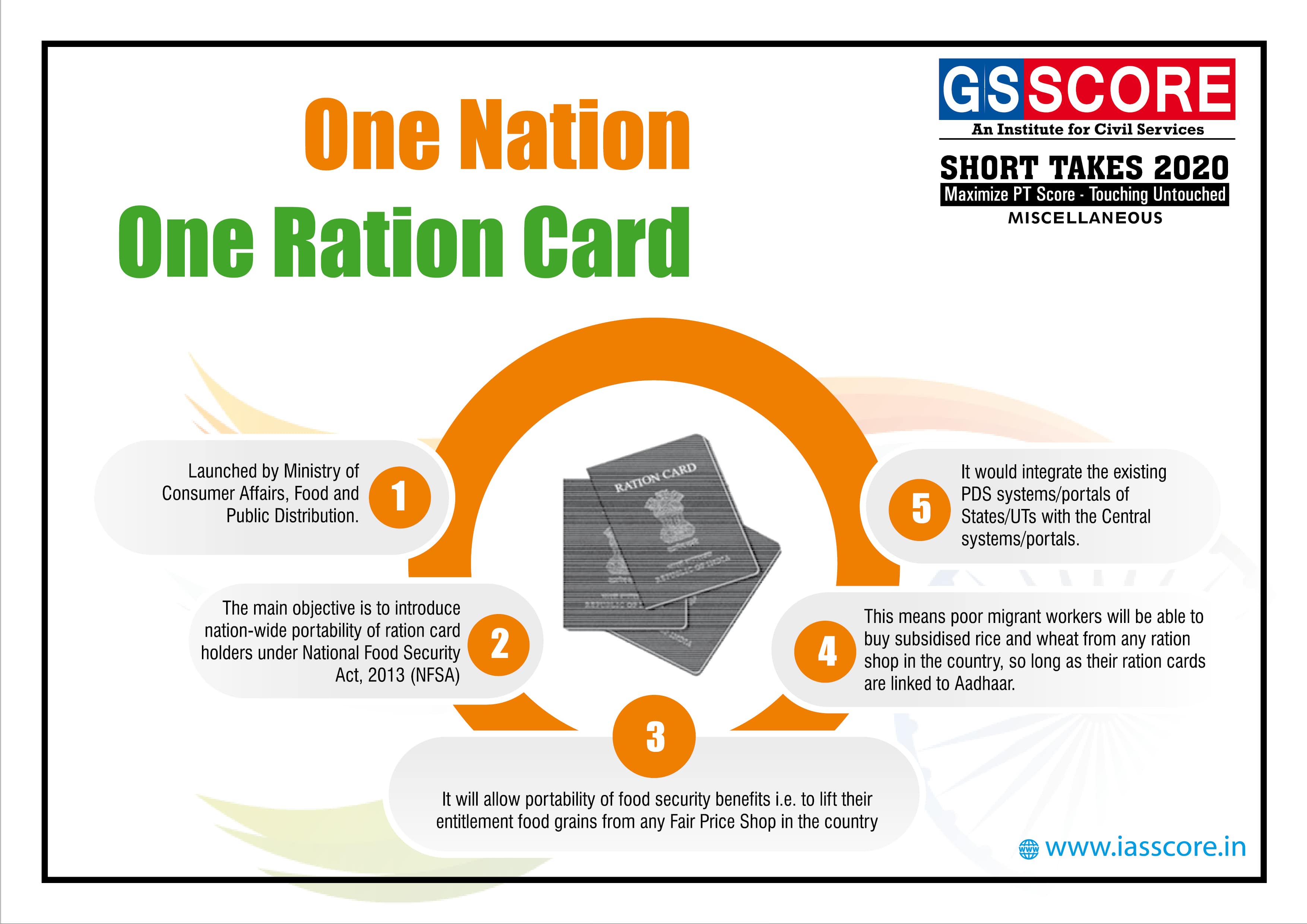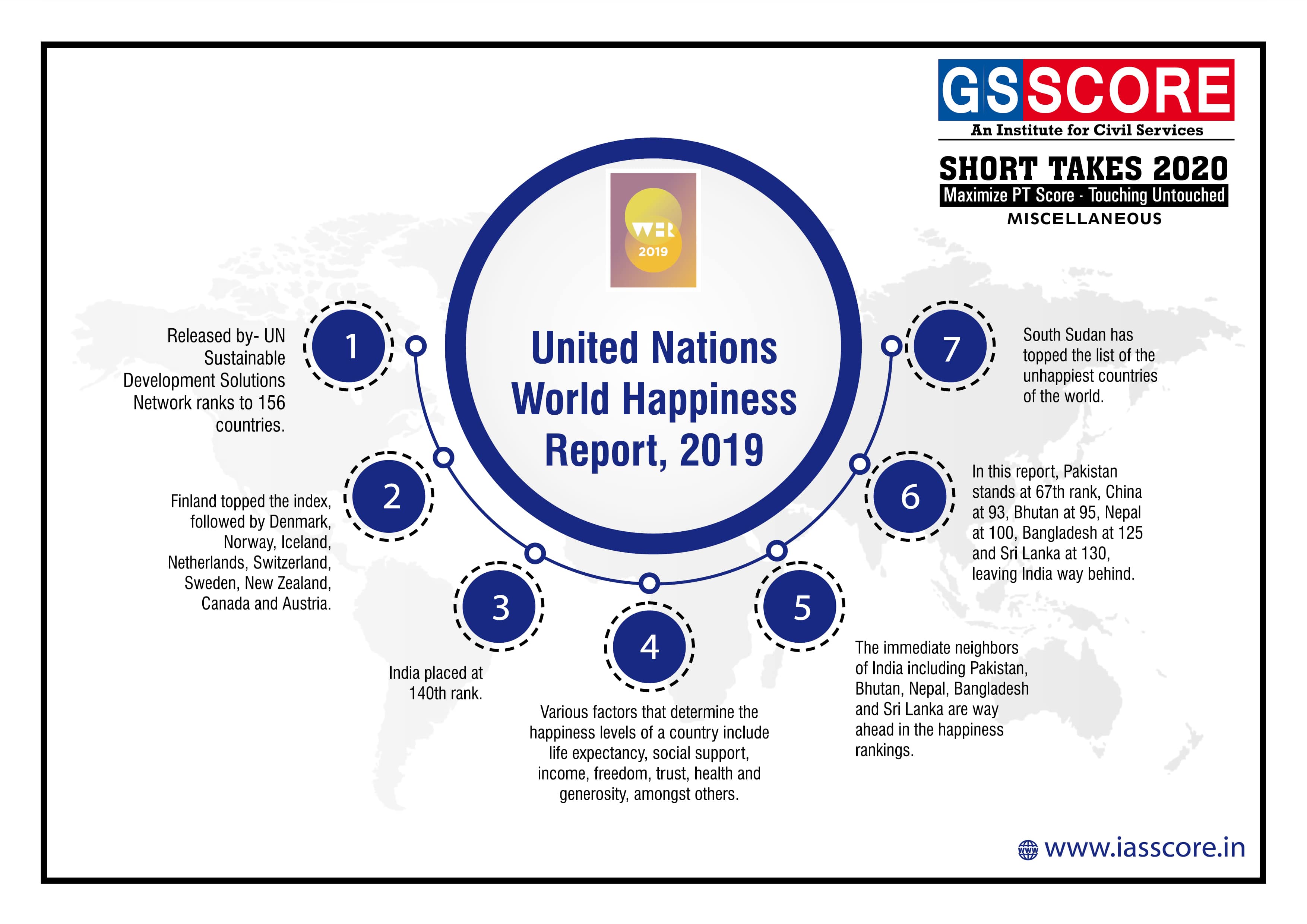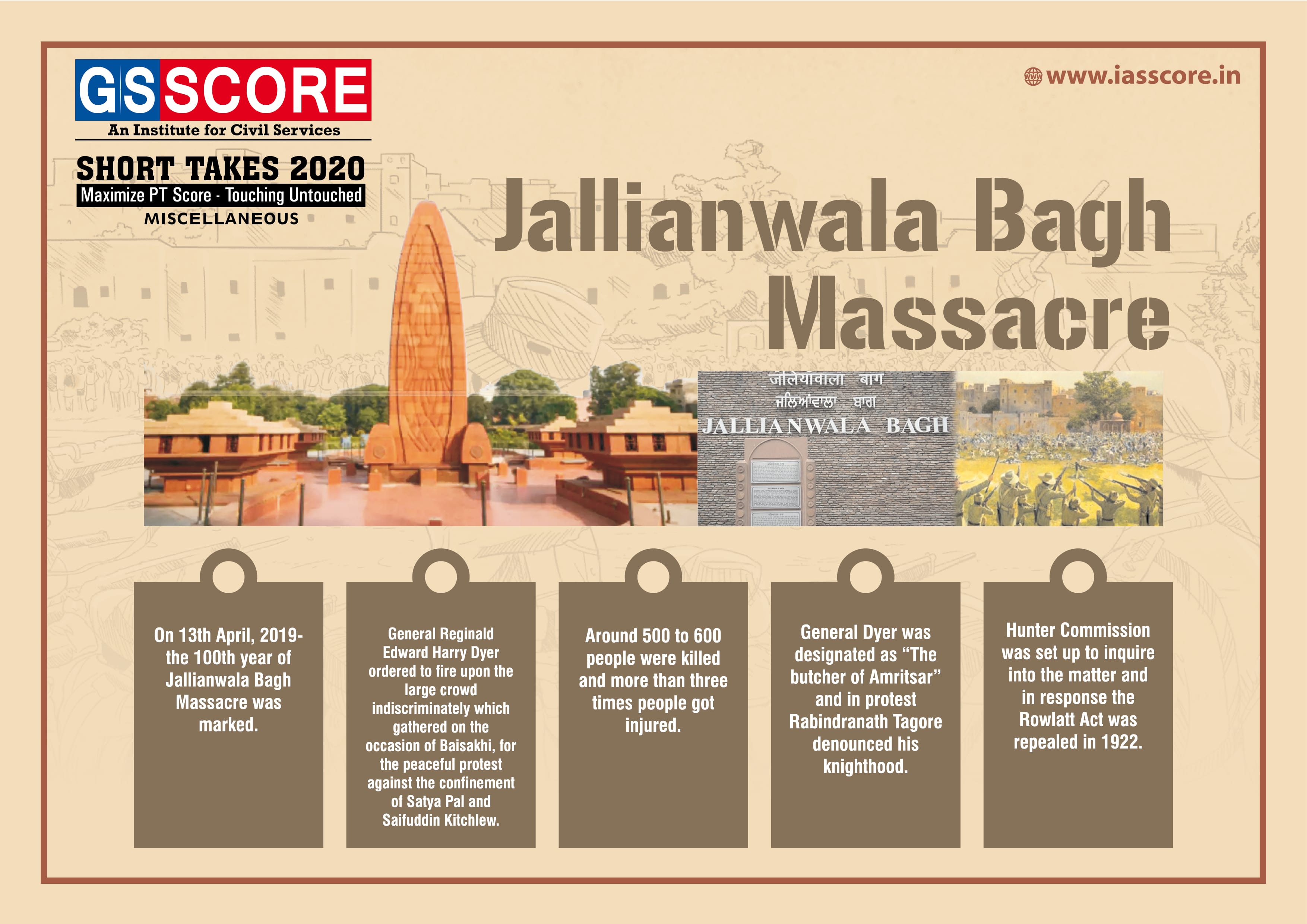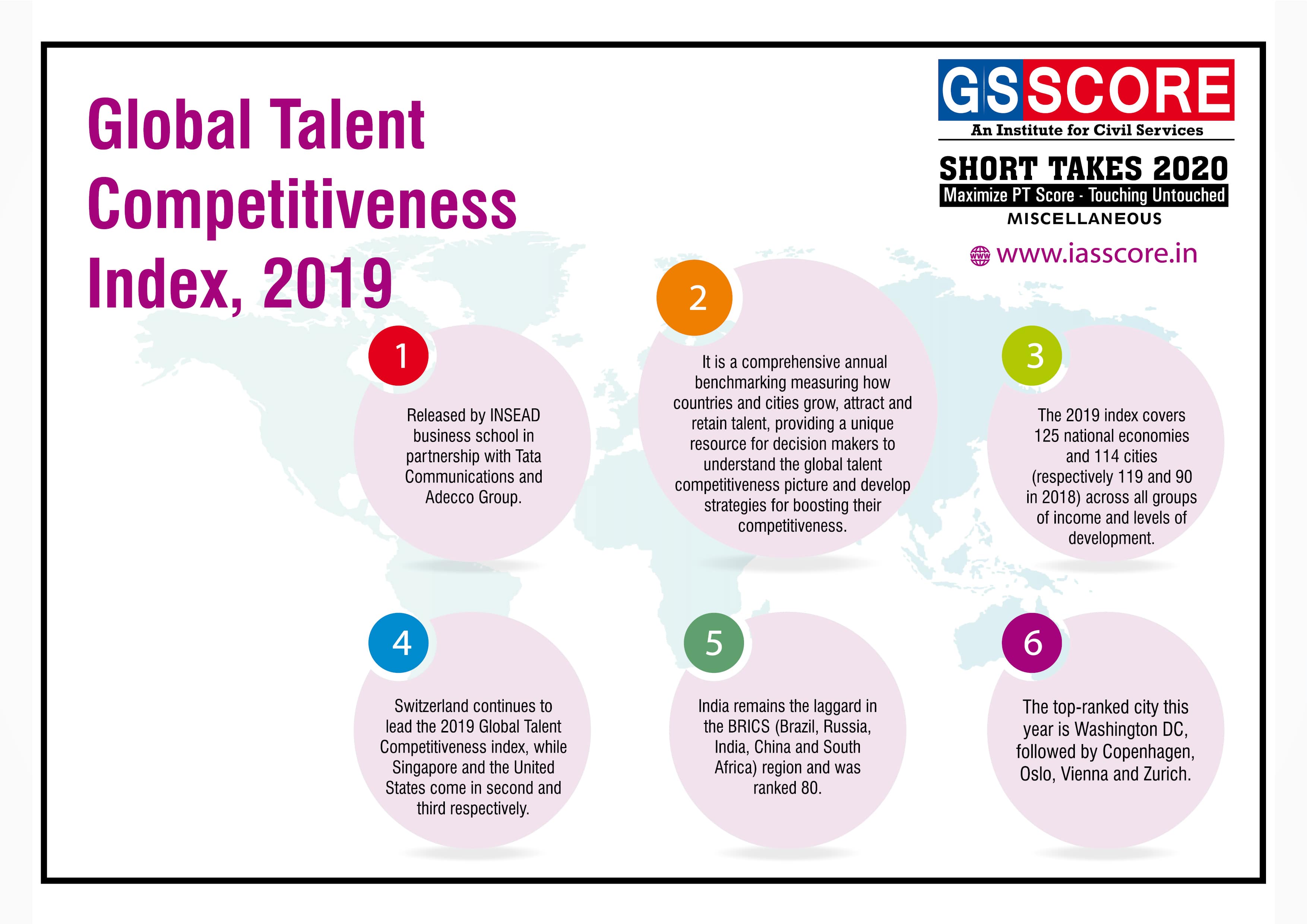Polity: Constitutional Framework
Constitutional Framework (Static)
HISTORICAL EVOLUTION
In order to know about the Indian political structure, it becomes very important to know about the Indian Constitution. There are various rules and Acts which were passed before independence which plays a vital role in shaping our Constitution. Some of the important historical events are listed down below:
Regulating Act of 1773
- It was the first step taken by the British Government to control and regulate the affairs of the East India Company in India.
- It recognized, for the first time, the political and administrative functions of the Company.
- It laid the foundations of central administration in India.
- It designated the Governor of Bengal as the ‘Governor-General of Bengal’. The first such Governor-General was Lord Warren Hastings.
- It provided for the establishment of a Supreme Court at Calcutta (1774) comprising one chief justice and three other judges.
Amending Act, 1781
- To rectify the defects of the Regulating Act of 1773, the British Parliament passed the Amending Act of 1781, also known as the Act of Settlement or Declaratory Act, 1781.
- The key provision of this act was to demarcate the relations between the Supreme Court and the Governor-General in Council.
- It settled the question of jurisdiction of the Supreme Court.
Pitt's India Act, 1784
- Indian affairs came under the direct control of the British Government in Britain.
- Distinguished between the commercial and political functions of the Company.
- Allowed the Court of Directors to manage the commercial affairs and created a new body called Board of Control (6 members) to manage the political affairs. Thus, it established a system of dual government.
- Empowered the Board of Control to supervise and direct all operations of the civil and military government or revenues of the British possessions in India.
Charter Act, 1813
- It ended the monopoly of the EIC in India except for the company’s monopoly in “trade with China” and “trade in tea with India”.
- Thus, trade with India for all commodities except tea was thrown open to all British subjects. This lasted till 1833 when the next charter abolished the trade of the company.
- Charter Act 1813 for the first time explicitly defined the constitutional position of the British territories in India.
Charter Act, 1833
- It was the final step towards Centralization.
- Governor-General of Bengal became the Governor-General of India (Lord William Bentinck was the first governor-general of India).
- Governor-General was vested with all civil and military powers.
- It deprived the Governors of Bombay and Madras of their legislative powers.
- The laws made under the previous acts were known as Regulations, while the laws made under this act were known as Acts.
- It ended the activities of the EIC as a commercial body, making it a purely administrative body.
- Introduced law member (Macaulay) in Governor General’s Council.
Charter Act, 1853
- Separated the legislative and executive functions of the Governor General’s council.
- Provided for the addition of six new members called legislative councilors to the council known as the Indian (Central) Legislative Council.
- It introduced, for the first time, local representation in the Indian (Central) Legislative Council.
- Introduced an open competition for civil services. The covenanted civil service was thus thrown open to the Indians also.
Government of India Act, 1858
- Also known as the Act for the Good Government of India.
- The rule of the company was replaced by the Rule of the Crown.
- Changed the designation of the Governor-General of India to that of Viceroy of India.
- Viceroy became the agent of the crown.
- This act abolished the dual government of the Pitt’s India Act.
- This act also ended the doctrine of lapse.
- The Secretary of State was a member of the British cabinet and was responsible ultimately to the British Parliament.
- Established a 15-member Council of India to assist the Secretary of State for India.
Indian Councils Act, 1861
- Initiated the process of decentralization by restoring legislative powers to Bombay and Madras. (These powers were taken away through Charter Act 1833).
- Introduced representative institutions in India by associating Indians with the law-making process.
- Viceroy nominated some Indians as non-official members of his expanded council. Three Indians nominated were — the Raja of Banaras, the Maharaja of Patiala, and Sir Dinkar Rao.
- It empowered the Viceroy to issue ordinances during Emergency.
- Empowered the Viceroy to frame the Rules of Business (the same power is given to President of India under Article 77).
- Statutory recognition to portfolio system.
- Establishment of new legislative councils for Bengal, NWFP, and Punjab.
Indian Councils Act, 1892
- Though the majority of official members were retained, the non-official members of the Indian Legislative Council were henceforth to be nominated by the Bengal Chamber of Commerce and the Provincial Legislative Councils.
- The non-official members of the Provincial Council were to be nominated by certain local bodies such as universities, district boards and municipalities.
- Beginning of representative system in India.
- Council to have the power to discuss budget and of addressing questions to the Executive.
Indian Councils Act, 1909 (Morley-Minto Reforms)
- Introduced for the first time, an element of elections to the Legislative Councils;
- At the Provincial Legislative Councils, non-official members to be in majority;
- Introduction of separate electorates (for Muslims).
- It provided for the first time, an association of Indians with the Executive Councils of the Viceroy and Governors. (Satyendra Prasad Sinha became the first Indian to join the Viceroy’s Executive Council. He was appointed as the law member).
Government of India Act, 1919 (Montague-Chelmsford Reforms)
- The idea of "Responsible Government" stressed
- Office of the High Commissioner of India was created in London
- Indian Legislature became "bicameral" for the first time
- Communal representation extended to Sikhs, Indian Christians, Anglo-Indians and Europeans.
- Secretary of State for India now to be paid from British revenue
- Diarchy in provinces by dividing subjects of administration between official members and elected members.
- Created Centre-State Relations.
Government of India Act, 1935
- Provided for the establishment of an All-India Federation consisting of provinces and princely states as units. (Note: the Princely States did not join and so Federation didn’t come into existence)
- Residuary powers were given to the Viceroy.
- Abolished diarchy in the provinces and introduced ‘provincial autonomy’ in its place.
- Introduced responsible government in provinces.
- Introduced Bicameralism in six out of eleven provinces.
- Extended the principle of communal representation by providing separate electorates for depressed classes (scheduled castes), women and labor (workers). (1909 – Only for Muslims, 1919 – extended for Sikhs, Indian Christians, Anglo-Indians and Europeans.)
- Abolished the Council of India, established by the Government of India Act of 1858.
- The Secretary of State for India was provided with a team of advisors.
- Established the Reserve Bank of India to control the currency and credit of the country.
- Established the Federal Public Service Commission, Provincial Public Service Commission and Joint Public Service Commission for two or more provinces.
- Provided for the establishment of a Federal Court, which was set up in 1937.
Indian Independence Act, 1947
- Declared India as an independent and sovereign state from August 15, 1947.
- Provided for the creation of two independent dominions of India and Pakistan with the right to secede from the British Commonwealth. (Governor-General of each were to be appointed by King, the on the advice of the Dominion Cabinet)
- Empowered the Constituent Assemblies of the two dominions to frame and adopt any constitution and to repeal any act of the British Parliament, including the Independence act itself.
- Abolished the office of the secretary of state for India and transferred his functions to the secretary of state for Commonwealth Affairs.
- It assigned dual functions (i.e., constituent and legislative) to the Constituent Assembly formed in 1946.
- It declared this dominion legislature as a sovereign body. Granted freedom to the Indian princely states either to join the Dominion of India or Dominion of Pakistan or to remain independent.
PREAMBLE
- The Preamble to the constitution embodies the essence of the entire constitution and is like an introduction or preface of a book.
- It explains the purposes and objectives with which the constitution has been written, and hence provides a guideline to the constitution.
- The Objective Resolution, proposed by Pandit Nehru and passed by the Constituent Assembly, ultimately became the Preamble to the Constitution of India.
Objectives
- Description of Indian State as Sovereign, Socialist, Secular, Democratic Republic.
- Provision to all the citizens of India i.e.,
- Justice - social, economic and political.
- Liberty - of thought, expression, belief, faith and worship.
- Equality - of status and of opportunity.
- Fraternity - assuring the dignity of the individual and unity and integrity of the nation
Preamble: A part of the Constitution or not?
- Keshvananda Bharti v/s State of Kerala (1973) case overruled its earlier decision (Berubari Case 1965) and made it clear that the Preamble is a part of the constitution and is subjected to the amending power of the Parliament within the core limits of the basic structure doctrine.
- It is an important guide to interpret the true spirit of the Constitution.
- LIC of India Case (1995) - upheld the Preamble and said that it is an integral part of the Constitution
Can the Preamble be amended?
- Keshvananda Bharti Case (1973) has held that the Preamble may be amended subject to the basic structure of the Constitution.
- In other words, the amendment should not destroy the basic features of it.
- In fact, Preamble has been amended by 42nd Amendment 1976, whereby three words viz. socialist, secular and integrity were added.
Keywords mentioned in the Preamble
- The word ‘Sovereign’ emphasizes that there is no authority outside India on which the country is in any way dependent.
- By the word ‘Socialist’ the Constitution means that the achievement of the socialistic pattern of society through democratic means.
- India is a ‘Secular State’, does not mean that India is non-religious or irreligious, or anti-religious, but simply that the State in itself is not religious and follows the age-old Indian principle of “Sarva Dharma Samabhava”. It also means that the State shall not discriminate against the citizens in any way on the basis of religion.
- The State regards religion to be the private affair of a person, including the right to believe or not to believe in a religion.
- The term ‘Democratic’ means that the rulers elected by the people only, have the authority to run the government. India follows a system of ‘Representative Democracy’, where the MPs and MLAs are elected directly by the people.
- Efforts are being made to take democracy to the grassroots through Panchayats and Municipalities (73rd and 74th Constitutional Amendment Acts, 1992).
- However, the Preamble and DPSP envisages not only political democracy, but also social and economic democracies.
- The word ‘Republic’ means, the head of the state is an elected representative (directly or indirectly) and not the hereditary monarch
Borrowed Features from other Constitution
- Indian constitution is a blend of various features which are borrowed from different constitution throughout the world. This is what makes it the most distinct constitution in the world. Few of the borrowed features are listed below:
Indian Constitution Borrowed Features
|
1. |
British Constitution |
Parliamentary form of Government, Rule of Law, Law making procedure, Single Citizenship; Institution of Speaker, doctrine of pleasure tenure of civil servants. |
|
2. |
American Constitution |
Judicial System, Fundamental Rights |
|
3. |
Canadian Constitution |
Federal System with a strong central authority; Residual powers, Center State Relation. |
|
4. |
Irish Constitution |
Directive Principles, Election of the President of India |
|
5. |
Australian Constitution |
Concurrent list; Freedom of Trade & Service within country |
|
6. |
Weimar Constitution |
Emergency Provision |
|
7. |
Soviet Constitution |
Five Year Plans; Fundamental duties |
|
8. |
Govt. of India Act 1935 |
Office of the governor, powers of the federal jury. |
|
9. |
South African |
Amendment of Constitution. |
Constitution of the United States of America:
- Fundamental Rights
- Independence of Judiciary
- Impeachment of President
- Judicial Review
- Removal of the Supreme Court and the High Court Judges.
- Role of Vice President
- The Preamble to the Constitution
Constitution of the United Kingdom:
- The Parliamentary System
- The Election Procedure
- Office of Comptroller and Auditor General
- Writ Jurisdiction of Courts
- Civil Services
- The Law-Making Procedures
- Cabinet System
- Martial Law
- Bicameralism
- Rule of Law
- System of Single Citizenship
Constitution of Ireland:
- Directive Principles of State Policy
- The method of Indian Presidential Election
- The nomination of Members of Rajya Sabha
Constitution of Australia:
- Concurrent List
- A joint sitting of 2 houses of the Parliament
- Provisions regarding trade and commerce and intercourse
Constitution of Canada:
- The Federal System with a strong Center
- Appointment of the State Governor
- Advisory jurisdiction of SC
- Residuary Powers
Other Constitutions:
- South Africa: Amendment Procedure of the Constitution and Election of Members of Rajya Sabha
- France: Republic, Liberty, Equality, Fraternity.
- Japan: Procedure Established by Law
- Former USSR: Fundamental Duties, Justice (Social, Economic, and Political)
- Germany: Suspension of Fundamental Rights during Emergency
From more than one Constitution:
- Australia and UK: The Parliamentary Privileges
- Australia and USA: Public Interest Litigation
Citizenship (Amendment) Bill,2019
Context
Parliament passes the Citizenship (Amendment) Bill 2019.
About
- The Bill amends the Citizenship Act, 1955, and seeks to make foreign illegal migrants of Hindus, Sikhs, Buddhists, Jains, Parsi and Christian communities coming from Afghanistan, Bangladesh, and Pakistan eligible for Indian citizenship.
- The Bill also amends the provisions on registration of Overseas Citizens of India (OCI).
- OCI cardholders are foreigners who are persons of Indian origin. An OCI enjoys benefits such as the right to travel to India without a visa, or to work and study here.
- At present, the government may cancel a person’s OCI registration on various grounds specified in the Act.
- In case of a cancellation, an OCI residing in India may be required to leave the country.
- The Bill adds another ground for cancelling OCI registration — a violation of any law notified by the central government.
- However, the Bill does not provide any guidance on the nature of laws which the central government may notify.
How does the Bill seek to change the criteria for determining citizenship?
- The Bill proposes that the specified class of illegal migrants from the three countries will not be treated as illegal migrants, making them eligible for citizenship.
- On acquiring citizenship, such migrants shall be deemed to be Indian citizens from the date of their entry into India and all legal proceedings regarding their status as illegal migrants or their citizenship will be closed.
- The Act allows a person to apply for citizenship by naturalization, if the person meets certain qualifications.
- One of the qualifications is that the person must have resided in India or been in central government service for the last 12 months and at least 11 years of the preceding 14 years.
- For the specified class of illegal migrants, the number of years of residency has been relaxed from 11 years to five years.
Are the provisions of the Bill applicable across the country?
- The Bill clarifies that the proposed amendments on citizenship to the specified class of illegal migrants will not apply to certain areas.
- These are: (i) the tribal areas of Assam, Meghalaya, Mizoram, and Tripura, as included in the Sixth Schedule to the Constitution, and (ii) the states regulated by the “Inner Line” permit under the Bengal Eastern Frontier Regulations 1873.
- These Sixth Schedule tribal areas include Karbi Anglong (in Assam), Garo Hills (in Meghalaya), Chakma District (in Mizoram), and Tripura Tribal Areas District.
- Further, the Inner Line Permit regulates visit of all persons, including Indian citizens, to Arunachal Pradesh, Mizoram, and Nagaland.
GLOBAL DIPLOMACY INDEX 2019
The 2019 Global Diplomacy Index released by the Sydney-based Lowy Institute gives the latest statistics, marking how the world’s diplomatic networks are expanding and, in certain cases, shrinking.
About
- The Lowy Institute Global Diplomacy Index visualizes the diplomatic networks of all G20 and OECD nations
- The Index covers 42 nations — the 19 nations that are members of the G20 and the 34 OECD member nations (11 nations are members of both organizations).
- Posts are classified by type: embassy or high commission, consulate-general, consulate, permanent mission or delegation to multilateral organizations, or other representation types, including delegations to countries where there is no formal diplomatic relationship.
- The size of a country’s diplomatic network is of course only one indicator of the effectiveness of its diplomacy.
- According to research over the past six years, around half of the developed nations in the OECD have reduced their diplomatic footprint over the past decade.
- Key highlights of the report
- China now has more diplomatic posts across the world than the US, a marker of its growing international clout and ambition.
- China overtook the US in 2019 with 276 embassies and consulates worldwide, which is three more than the US.
- China’s expansion in worldwide diplomatic presence has come partly at the expense of Taiwan, a self-governing democracy.
- The next three spots are occupied by France, Japan, and Russia.
- India is 12th among the 61 countries. India has 123 embassies and high commissions and 54 consulates globally.
- Taiwan saw the biggest drop in diplomatic posts, down from 22 embassies in 2016 to 15 this year.
Nine Tracks of Multi-Track Diplomacy
Track One: Government, Official Diplomacy
Track Two: Non-governmental/Professional and Peacemaking through Conflict Resolution.
Track Three: Business, or Peacemaking trough Commerce
Track Four: Private Citizens or Peacemaking through personal involvement
Track Five: Research, Training, and Education or Peacemaking trough learning
Track Six: Activism, or Peacemaking through Advocacy
Track Seven: Religion, or Peacemaking through Faith in Action.
Track Eight: Funding or Peacemaking through Providing Resources
Track Nine: Communication and the Media, or Peacemaking through Information
TRANSGENDER PERSONS BILL, 2019
Context
The Transgender Persons (Protection of Rights) Bill, 2019 was recently introduced in Lok Sabha by the Minister for Social Justice and Empowerment. The bill seeks to empower the transgender community by providing them a separate identity.
Key Features
A. Definition of a transgender person
The Bill defines a transgender person as one, who is,
- Neither wholly female nor male; or
- A combination of female and male; or
- Neither female nor male.
- In addition, the person’s gender must not match the gender assigned at birth. This will include trans-men, trans-women, persons with intersex variations and gender queers.
B. Certificate of identity for a transgender person
A person recognized as transgender person under the Bill shall have a right to self-perceived gender identity.
- A transgender person has to obtain a Certificate of Identity which will confer rights and be proof of recognition of identity as a transgender person.
- An application for obtaining such a Certificate should be made to the District Magistrate (DM). The DM will refer such an application to a District Screening Committee.
- The District Screening Committee will comprise a:
- Chief Medical Officer;
- District Social Welfare Officer;
- Psychologist or psychiatrist;
- Representative of the transgender community; and
- Government officer
- The DM will issue a Certificate of Identity as ‘transgender’ based on the recommendation of this Committee.
- The gender of a transgender person will be recorded in all official documents, on the basis of this Certificate.
- If there is any change in gender, the transgender person may apply for a revised certificate by following the same process as that of obtaining a Certificate of Identity.
C. Benefits related to employment, health and education
- The central or state governments shall provide welfare schemes and programmes to facilitate and support livelihood for transgender persons. This will include vocational training and self-employment.
- The central and state governments shall take steps to provide healthcare facilities to transgender persons including:
- Separate HIV surveillance centers;
- Sex reassignment surgery and hormonal therapy counseling;
- Review of medical curriculum; and
- A comprehensive insurance scheme.
- Educational institutions shall provide inclusive education and opportunities for sports, recreation and leisure activities to transgender persons.
D. Offences and Penalties
- The Bill specifies the following offences:
- Compelling transgender persons to beg or do forced or bonded labor (excluding compulsory government service for public purposes);
- Denial of use of a public place;
- Denial of residence in household, village or other place of residence; and
- Physical, sexual, verbal, emotional or economic abuse.
- These offences will attract imprisonment between six months and two years, and a fine
One Nation One Ration Card

United Nations World Happiness Report,2019

Garia Festival

Jallianwala Bagh Massacre

Global Talent Competitiveness Index,2019



